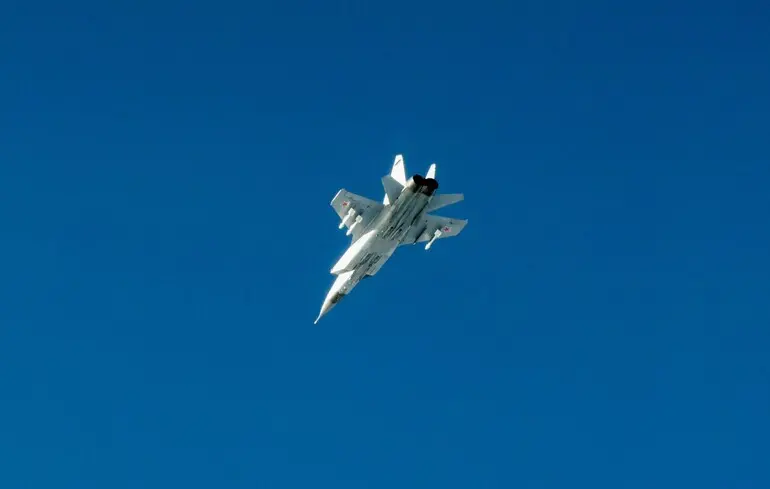Widespread Airspace Violations by Russian Aircraft in Estonia: Past and Present Realities

Since 2014, the Russian Federation has been systematically violating Estonia’s airspace, raising increasing concerns among the Estonian military and the international community.
Over this period, according to official reports, more than forty instances have been recorded where Russian military aircraft illegally penetrated Estonian territorial airspace, primarily serving as a display of power and psychological pressure.
The first significant violation in recent years occurred in 2014, immediately following Russia’s annexation of Crimea, which prompted Estonia and its NATO allies to bolster their air defense capabilities.Most of these violations involved MiG-31 fighters, often carried out during times of intensified cooperation between Estonia and NATO, especially after NATO air-policing missions were deployed in the region.
The number peaked in 2016 with ten incursions.
Subsequently, activity decreased considerably: from 2019 onward, no confirmed violations have been recorded until 2023 and 2024.Although all three Baltic states possess their own air forces, they lack modern fighter jets capable of independently defending their skies.
Therefore, NATO’s mission remains crucial in providing regional airspace security.
NATO aircraft routinely monitor and intercept Russian planes, which often fly with transponders turned off, do not submit flight plans, and avoid establishing two-way radio communication with air traffic control, complicating identification efforts.Estonian Air Force Commander Colonel Jaanek Lehisete stated that such behavior is difficult to justify solely from a military perspective.
More likely, Russia uses these actions as a means to demonstrate strength, create psychological pressure, and engage in hybrid warfare tactics—spreading uncertainty and fear among neighboring countries.
Defense policy expert Tony Lawrence from the International Defense and Security Centre in Tallinn explained that these moves serve multiple goals: asserting Russia’s view of Estonian sovereignty, testing NATO’s response, and conducting hybrid warfare to sow instability.Former Estonian Air Force Colonel Jaan Taar seems to agree that recent violations, especially those in Wainloo, were deliberate provocations.
He pointed out that, unlike past incidents which lasted only a few tens of seconds and could be explained by pilot error, current actions are well-planned and organized.
Taar explained that the reason for violations in the Wainloo region is rooted in Soviet-era legacy: discrepancies between the Flight Information Regions of Saint Petersburg and Tallinn, and historical challenges in defining national airspace boundaries.He also noted that efforts to renegotiate these boundaries and reorganize flight control systems have long been hindered by political and historical reasons.
Estonia, for example, had previously developed plans to finalize land border demarcation and reform air traffic management but faced obstacles due to political considerations.In 2004, just weeks before joining NATO, Estonia experienced a similar incident when two Su-27 fighters flew over Tallinn Bay, close to the city, serving as an ominous warning.
Currently, Estonian military and strategic analysts emphasize the need for continuous monitoring and strengthening of national air defenses amid growing Russian aggression and hybrid threats.

